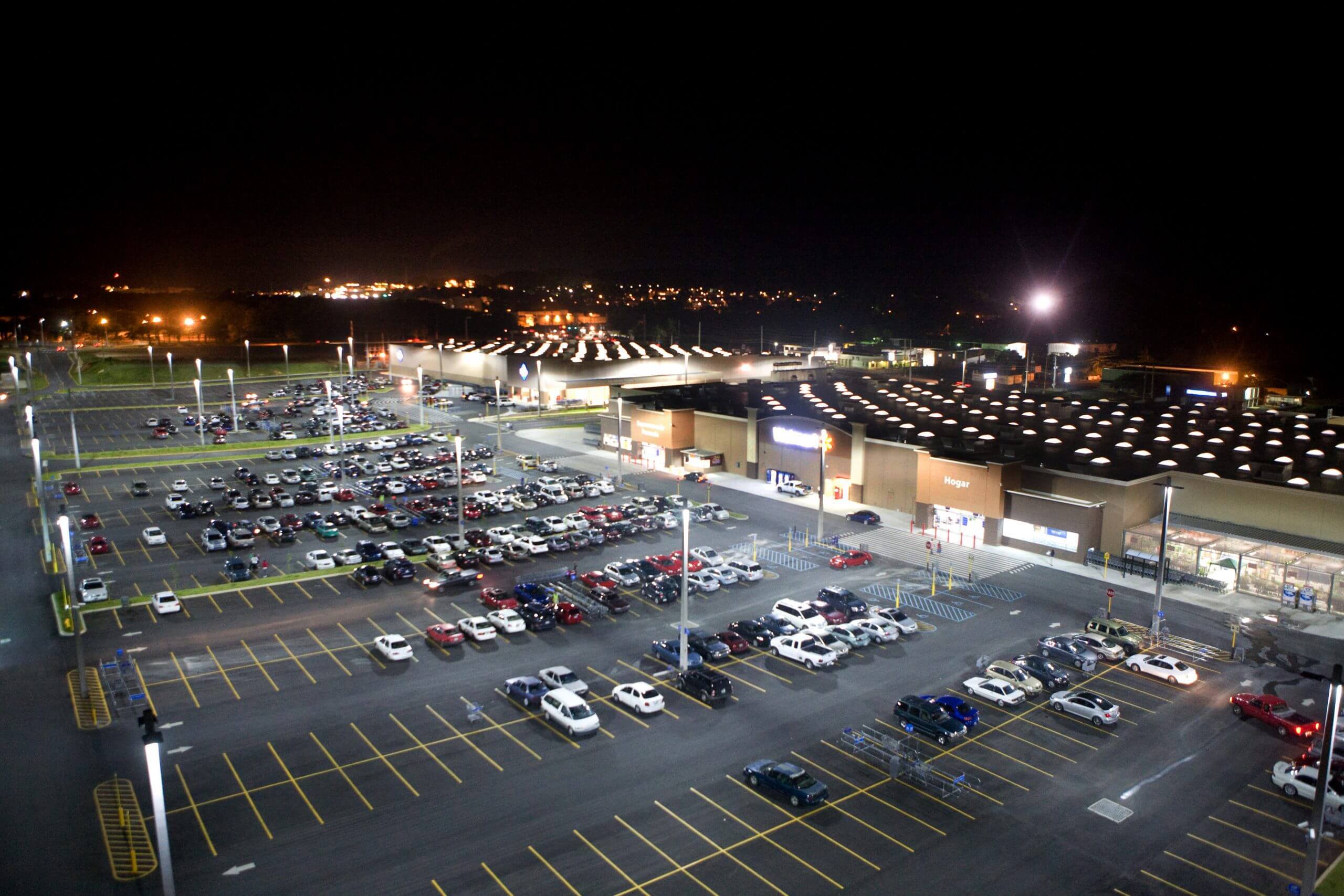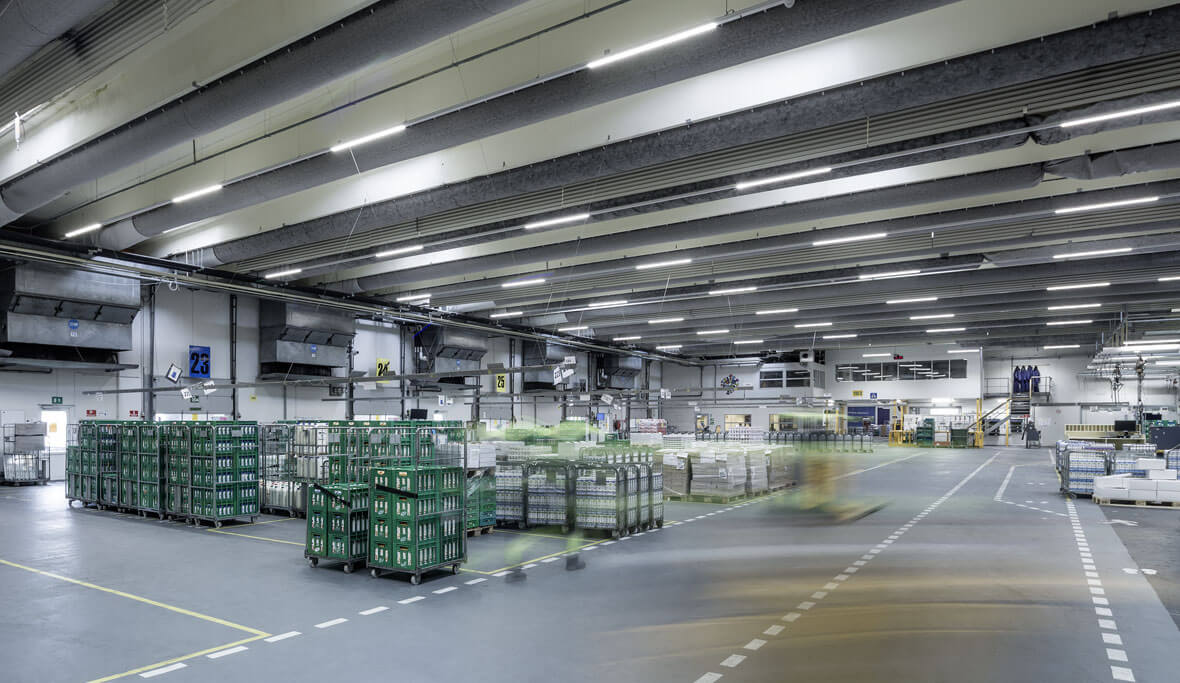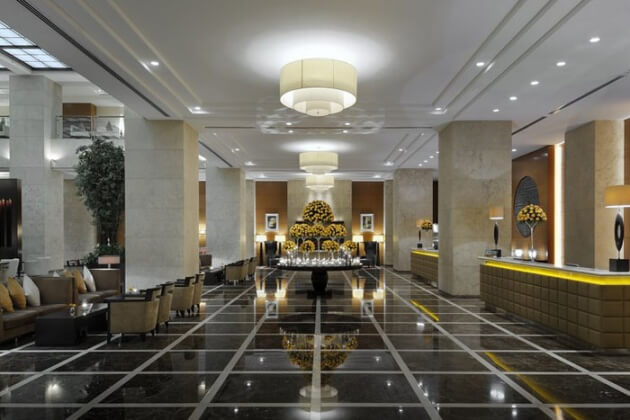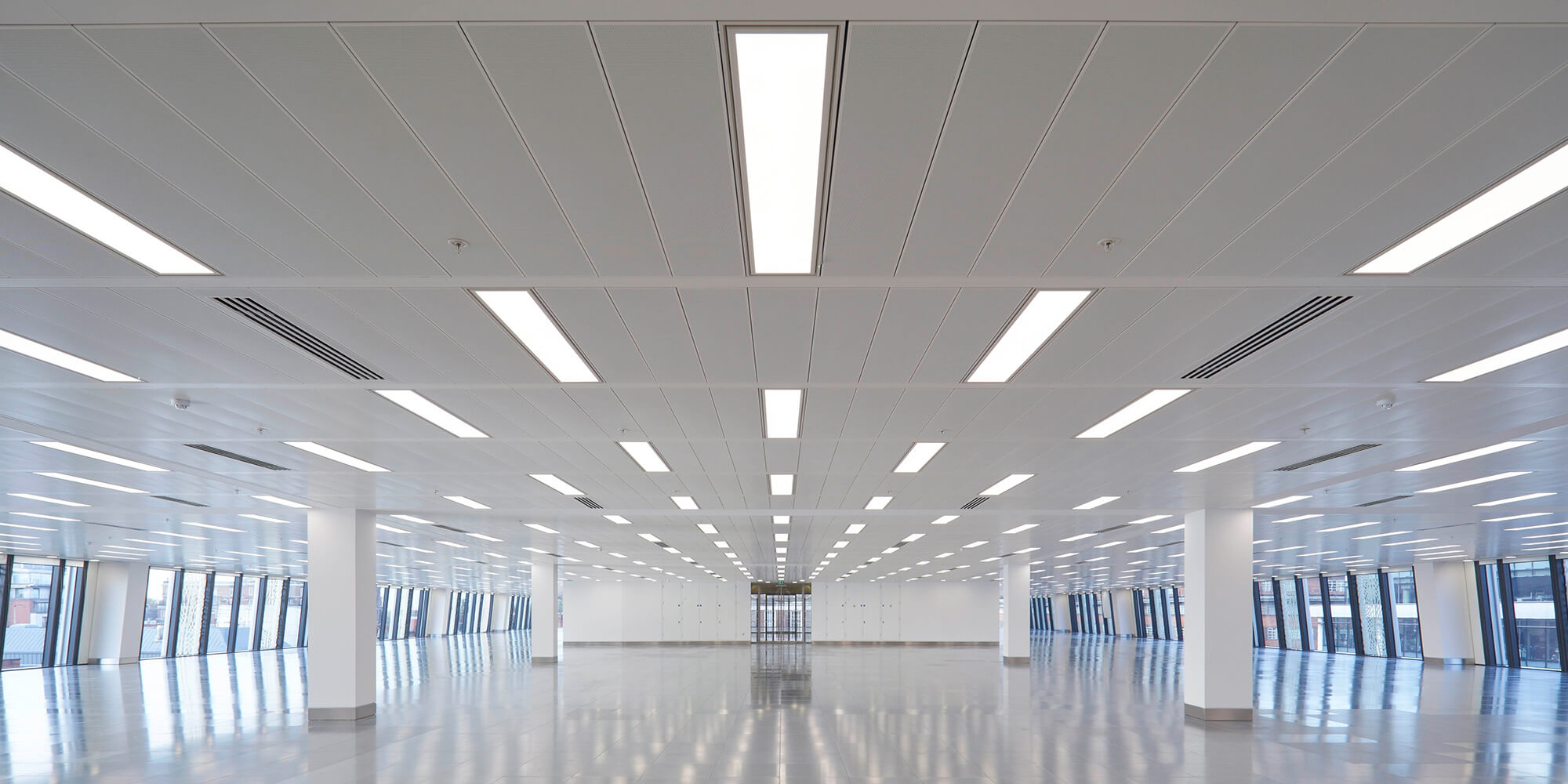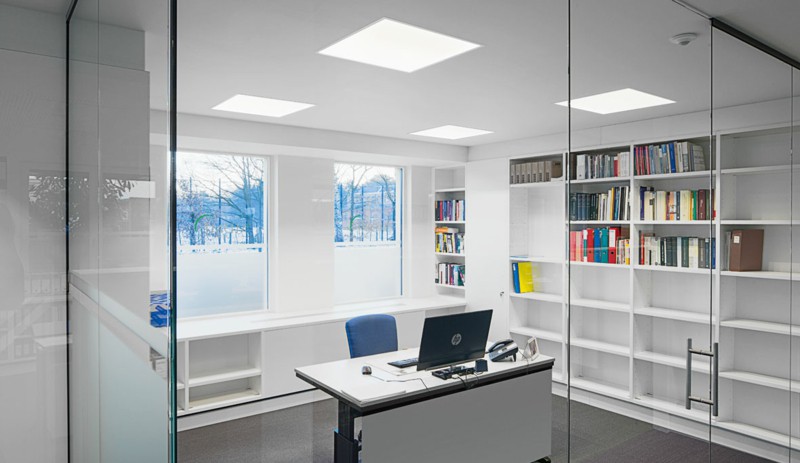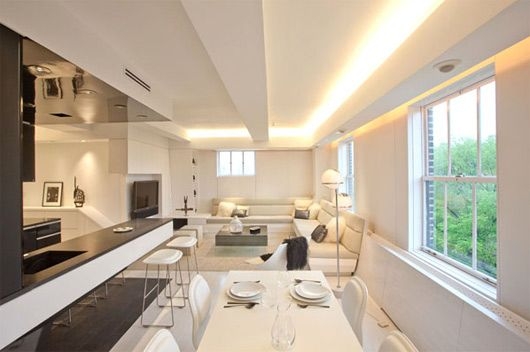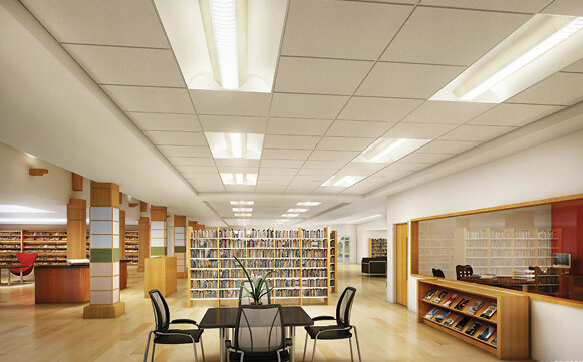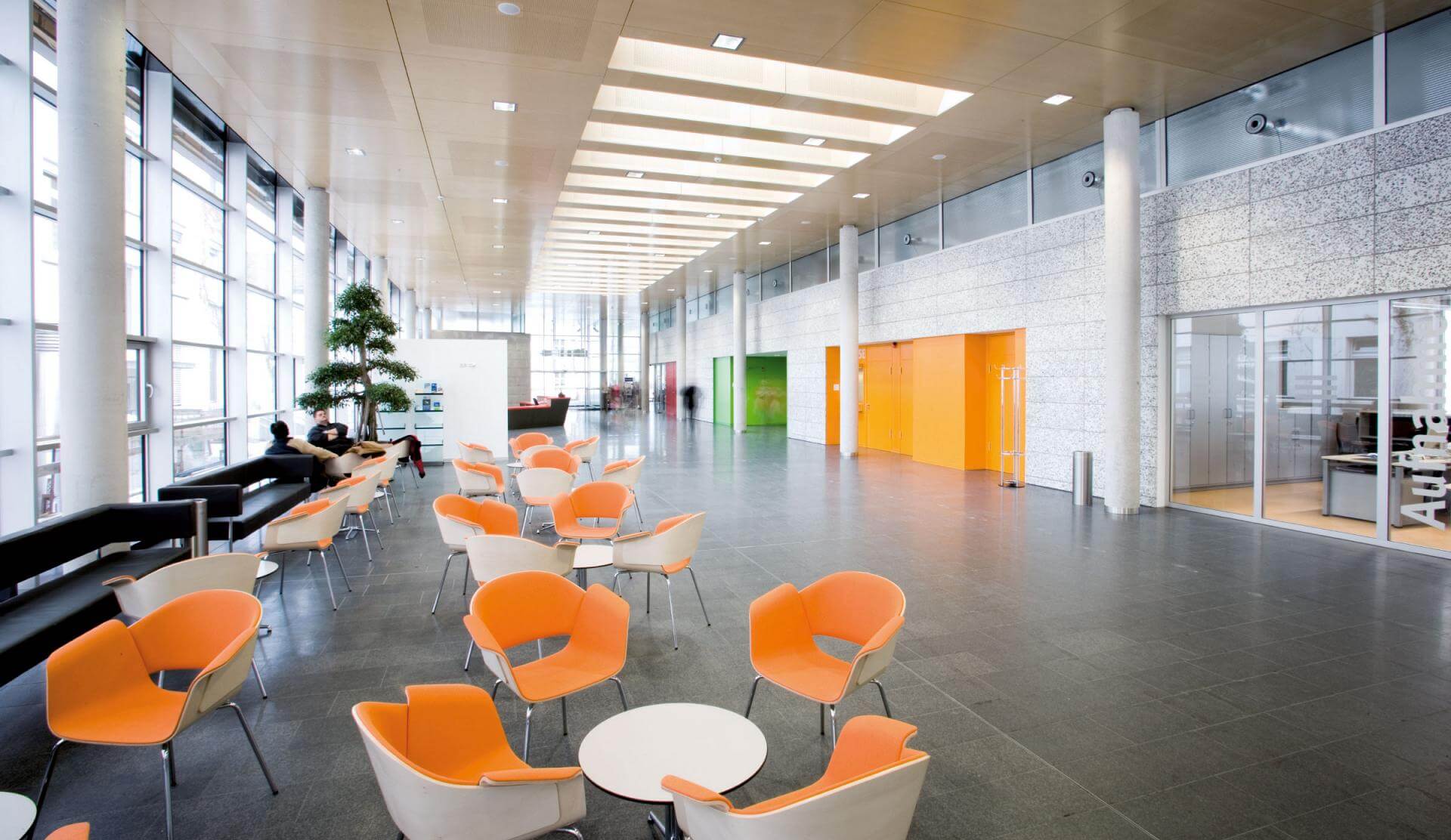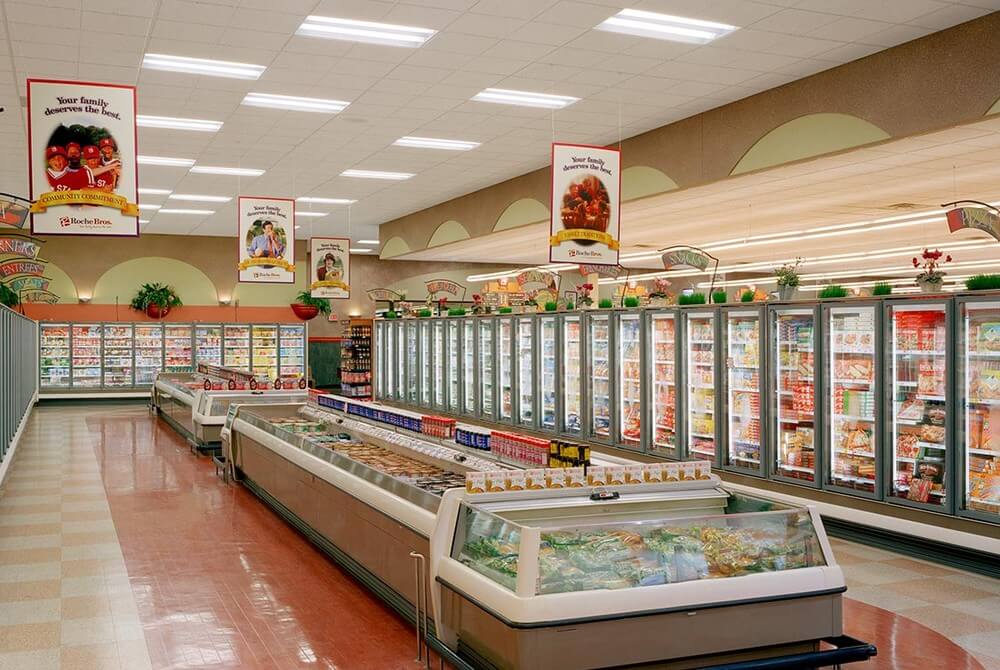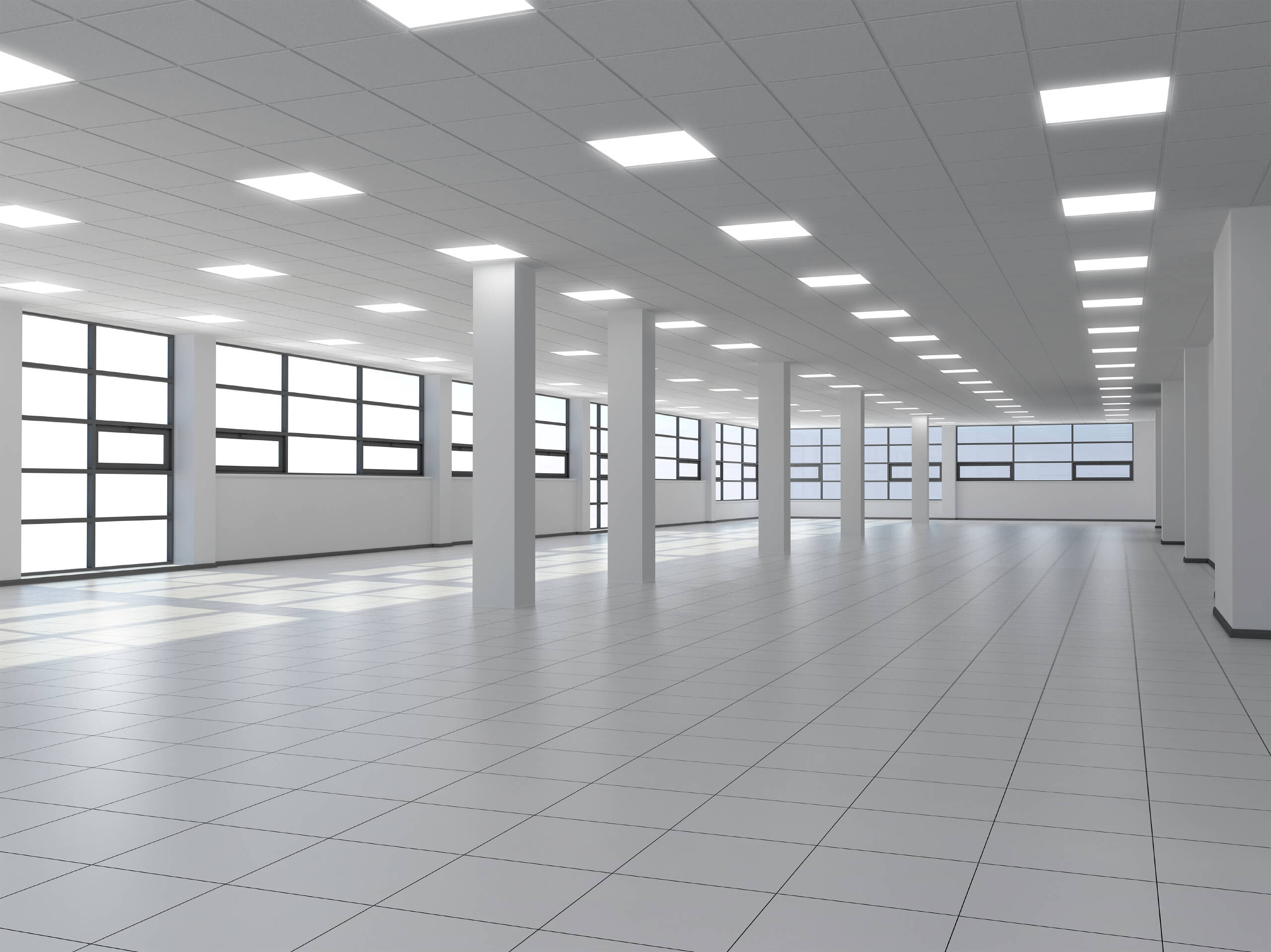If you are a proud business owner, you certainly want to excel in your field. There are some very smart ways of doing this. You want to do things that bring repeat customers. You can accomplish with by, first and foremost, make your customers feel valued. Allow them to see that you understand the fact that without them, your business could not survive. Do you want your customers to feel safe when they enter your parking lot? Of course you do. This is why adding quality lighting in your parking lot is essential.
If you are establishing a rapport with your customers, then you likely know many of their names. This gives much more depth to the idea of keeping them safe. How can quality parking lot lighting keep them safe you ask? Just think about the things that are happening in our world today. There are people who refuse to leave their own home after dusk. Wouldn’t it be gratifying to know they will still come out to visit your establishment, despite nightfall, simply because you’ve made their safety a priority? With the right lighting, customers will be worry-free of getting out of their cars to come inside, because any danger lurking is visible.

